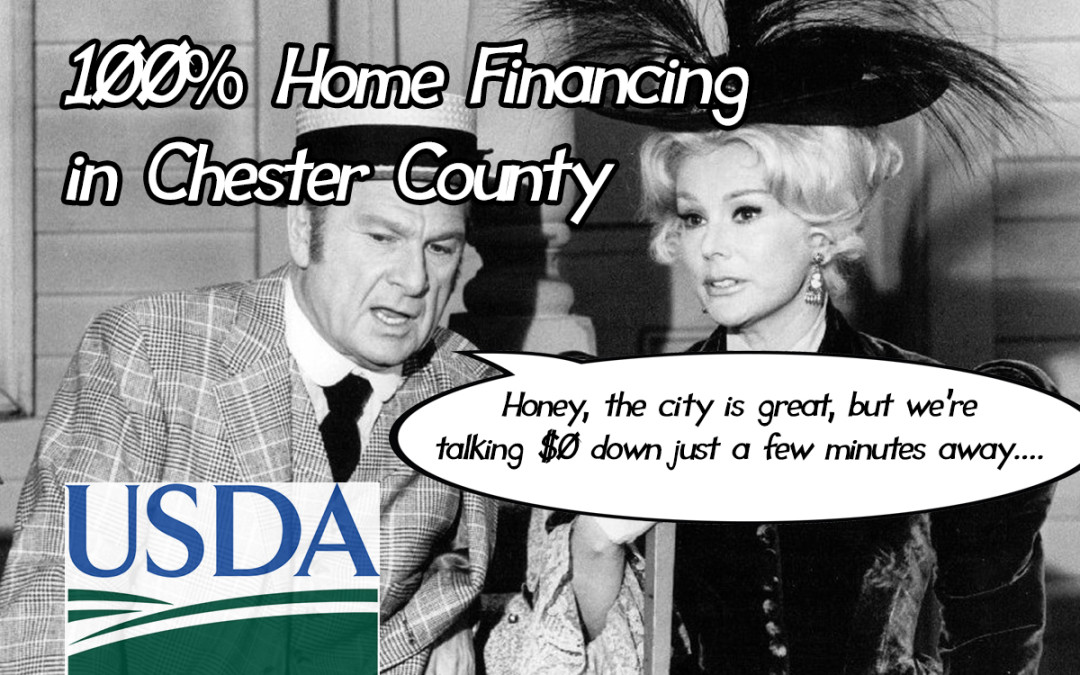
by rtdosen | Aug 26, 2014 | Ryan Dosen Real Estate Articles
Builder Confidence Climbs After Best Spring in Years By Ryan Dosen The National Association of Realtors (NAR) reports that this year’s spring real estate market was the strongest one we’ve seen in three years. Confident homebuilders are scrambling to put enough shovels in the ground to meet increased demand. Existing home sales continue to rise. The signs and data are good for the real estate market and there’s good reason to believe that this train is building momentum. Healthiest Spring Market in Three Years Realtor.com reports that the “July housing data shows that price appreciation and inventory increases during the peak home-buying season helped the market to post the largest spring gains in three years.” Jonathan Smoke, chief economist for Realtor.com adds that “we’re ending the traditional season with high buyer and seller confidence demonstrated by price appreciation, increases in inventory, and quick home sales.” Specifically, NAR reports that home “inventories rose 2.3 percent year-over-year, as the median list price posted a 7.5 percent increase year-over-year.” According to Smoke, “this is the first time since the beginning of the recovery that we expect to see positive momentum throughout the second half of the year…. (Almost all) metrics point to fundamental market health and a build-up of momentum.” Homebuilders Confident and Busy The U.S. Commerce Department reports that construction of new homes reached its highest level since November 2013, rising 15.7 percent in July to a seasonally-adjusted annual pace of 1.09 million units. Kevin Kelly, chairman of the National Association of Home Builders (NAHB) observes that “a return to production levels over 1 million confirms that...

by rtdosen | Aug 21, 2014 | Ryan Dosen Real Estate Articles
FICO Gets Friendly with Medical Delinquencies By Ryan Dosen Your Fair Isaac Corporation (FICO) score, the all-important and somewhat mysterious numerical representation of your supposed credit risk to lenders, may be about to change for the better. FICO recently announced that it is adjusting some of the criteria it uses for assessing a person’s credit related to existing, but paid accounts, as well as outstanding medical bills. The National Association of Realtors (NAR) says that the “changes come after a recent Consumer Financial Protection Bureau study, which found that both paid and unpaid medical debts were unfairly penalizing consumers’ credit ratings.” According to The Wall Street Journal, experts say that these latest score changes “could result in some borrowers receiving credit scores that are as much as 100 points higher.” FICO Score FICO says that its score “is calculated from several different pieces of credit data in your credit report.” This data is grouped into five weighted categories: Payment History (weighted as most important; 35 percent of your FICO score) Amounts Owed (30 percent) Length of Credit History (15 percent) New Credit (10 percent) Types of Credit Used (10 percent) FICO Score: Payment History When making a lending decision, perhaps the single most important piece of information a lender can have is whether you have paid past credit accounts on time. Thus, payment history is the most heavily weighted factor in your FICO score. FICO Score: Amounts Owed FICO says that “having credit accounts and owing money on them does not necessarily mean you are a high-risk borrower with a low FICO Score. However, when...

by rtdosen | Aug 18, 2014 | Ryan Dosen Real Estate Articles
Millennials on the Move By Ryan Dosen According to the 2014 National Association of Realtors’ Home Buyer and Seller Generational Trends report, Millennials (those born from 1980 to 1999) recently passed Baby Boomers (those born from 1946 to 1964) as the largest of this country’s named generations. Despite facing several headwinds, this largest generation is expected to drive demand for an improved real estate market for quite some time. About Millennials The Pew Research Center recently released its “Millennials in Adulthood” report, discussing trends for a generation that is “relatively unattached to organized politics and religion, linked by social media, burdened by debt, distrustful of people, in no rush to marry—and optimistic about the future.” According to Pew, “Millennials are also the first in the modern era to have higher levels of student loan debt, poverty and unemployment, and lower levels of wealth and personal income than their two immediate predecessor generations (Gen Xers and Boomers) had at the same stage of their life cycles.” These difficulties, coupled with having to face the Great Recession (2007-2009) at a time when many Millennials were looking to begin or take important early steps in their professional careers, have made it a particularly tough road for this generation. Despite Millennials’ troubles, Pew says that this group represents “the best-educated cohort of young adults in American history,” with a third of older Millennials having a four-year college degree or more. It is entirely possible that this highly-educated and optimistic generation has simply needed more time to establish themselves financially before they marry and take the next steps for home ownership. Median...

by rtdosen | Aug 5, 2014 | Ryan Dosen Real Estate Articles
Movoto.com Ranks Chester County #4 in Country By Ryan Dosen The real estate experts behind Movoto.com recently crunched some numbers and released their list of the “10 Best Counties in America.” Several factors were considered, all aimed directly or indirectly at the quality of each county’s real estate market. Of the 640 counties that published the necessary data, Chester County ranked among the best, just missing the podium and coming in at fourth overall. Knowing that Chester County is being ranked in the top 1 percent of all counties in the country is fine and dandy, but we should examine the hard numbers and facts underscoring the impressive results. Strong Across-the-Board Movoto.com chose to measure counties by six metrics: Unemployment rate Median household income Median rent (higher rents implying greater desirability) Median home price (higher prices again implying greater desirability) Percent of families below the poverty line High school graduation rate While Movoto’s rankings may not hit on many of the usual criteria for “best places” lists, such as natural beauty, work-life balance and history, the rankings are also not influenced by the subjective nature of many of other lists’ determining factors. The cold, hard data says that Chester County is unique in that it ranks in the top 9 percent of all counties for each of the six metrics. It was this balance that helped Chester County soar in the ranking while others swooned. Real Estate Highly Desirable in Chester County Chester County ranked highly, but not astronomically high in both median rental and median home prices (50th and 56th overall, respectively). Some would argue...

by rtdosen | Jul 31, 2014 | Ryan Dosen Real Estate Articles
100 Percent Home Financing Available in Chester County Through USDA By Ryan Dosen Contrary to common belief, 100 percent financing opportunities were not completely extinguished in the real estate collapse of the late 2000s. Thanks to the United States Department of Agriculture (USDA), 100 percent financing loans are still available in certain circumstances and areas. The USDA has instituted its Single Family Housing Guaranteed Loan Program for the express purpose of helping “low to moderate income rural homebuyers achieve their dream of homeownership.” But what does “low to moderate income” and “rural” actually mean for today’s homebuyer? I sat down with local mortgage expert Joe Gonzalez of Gateway Funding in Plymouth Meeting to help decipher the USDA’s special program guidelines, restrictions, benefits, and drawbacks. Home Must Be In an Eligible Rural Area The USDA is seeking to assist “rural homebuyers” and that means that any home purchased in the USDA’s program must be in an eligible rural area. To determine if a home is in an eligible rural area, the USDA has set up a website with eligibility maps. Lines are not drawn by city, township, or zip code, so you need to check out the maps to determine if a home is eligible. Much of the area west of the Brandywine River is eligible, including parts of Chadds Ford, Kennett Square, and most areas west thereof. Most of West Chester, Exton and Downingtown are not eligible; however, many areas just north of Routes 30 and 202 are eligible until you hit Chesterbrook and King of Prussia. Visit http://eligibility.sc.egov.usda.gov/ and select “Single Family Housing” under the Eligibility...

by rtdosen | Jul 19, 2014 | Ryan Dosen Real Estate Articles
Three Positive Signs For Housing Accompany Lukewarm Fed Report By Ryan Dosen Federal Reserve Chairwoman Janet Yellen gave her semi-annual testimony earlier this week before the Senate Banking, Housing and Urban Affairs Committee. The tone of Yellen’s talk could be described as guardedly optimistic. The Fed Chair said that the financial markets remained in reasonable health, but that “too many Americans remain unemployed, inflation remains below our longer-run objective, and not all of the necessary financial reform initiatives have been completed.” Against this hard-to-read backdrop of larger economic news, several pieces of good news for the housing market surfaced this week. The Fed to Keep Interest Rates Low While taking note of several positives from the economy, the Chair reiterated the need for continued Fed assistance and the maintenance of near-zero short term interest rates to help ensure the economy and job growth continue to improve. A recent House bill has been introduced that would require the Fed to adopt a mathematical model by which its interest rate decisions would have to be based. When pressed about the issue, Yellen was uncomfortable with committing to tie her own hands to a formula. She stated that “[i]t would be a grave mistake for the Fed to commit to conduct monetary policy according to a mathematical rule…. It is utterly necessary for us to provide more monetary-policy accommodation than those simple rules would have suggested.” The good news for the real estate market is that the Fed wants to keep rates down for a while longer. If the Fed keeps short-term rates low for the time being, that should keep...








Recent Comments